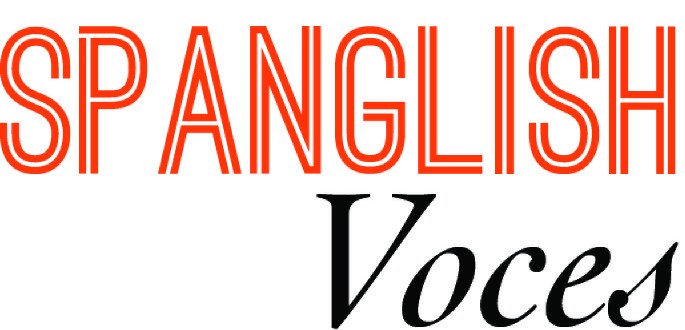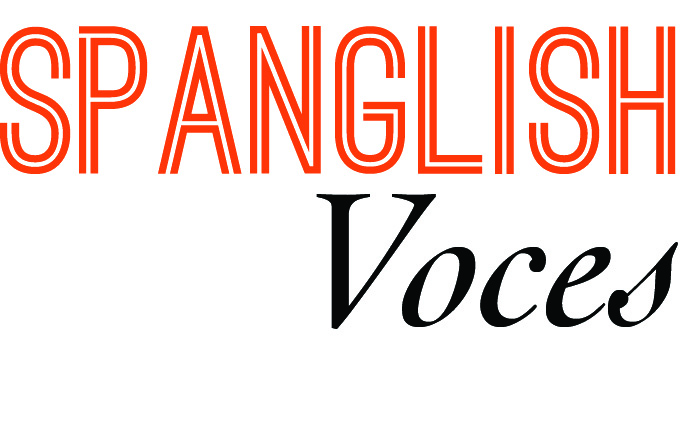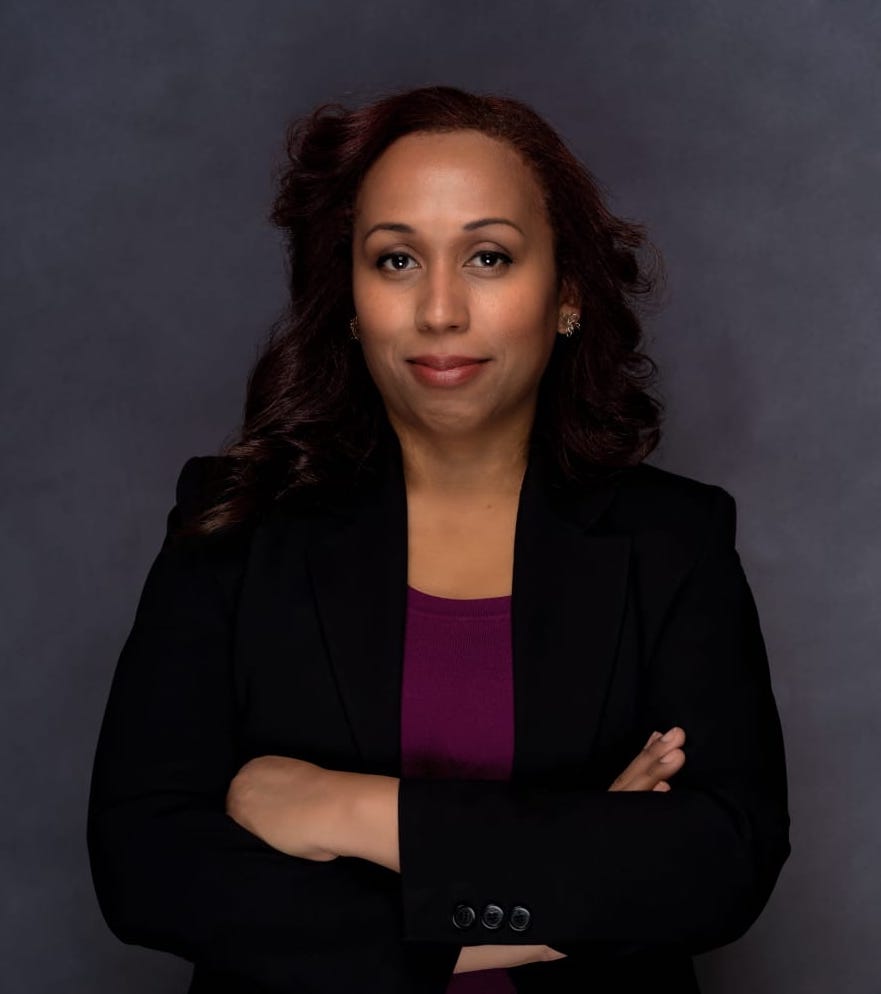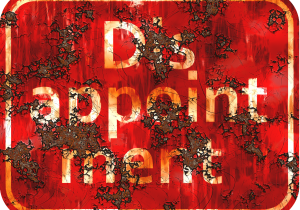It’s 8:30 a.m. on a Tuesday in May. My youngest, now 13, needs help setting up for the Zoom meeting his math teacher and I wrangled over so they can address how his dyscalculia is making fractions difficult. My middle child has just roused, a mark of my hard-earned success in resetting her circadian rhythm disrupted by these strange times. My eldest wants to discuss whether she should take “no-grade” on one of her courses during her second semester in college; the transition to remote learning at home has been too rocky for her to maintain focus on each course.
My home is a microcosm for how COVID-19 has turned education upside down. This disruption hits even harder for single-parent homes, families with students who have learning disorders or disabilities, and multi-generational families like mine. Like tens of thousands of other parents, I’m focused on how we can make things better for us and our kids.
I know these things from a professional perspective, too. For over a decade I have fought for equitable school funding, increased capacity for quality child care, against the emphasis on testing in public education, and for better access to dyslexia diagnostic services and support, especially in low-income communities.
We need a systematic reimagining of public education, and what better time than now. But that phrase has been bandied about a lot recently by some people with different ideas than mine. I’m never going to go along with billionaires “redesigning” public schools—an experiment that did more harm than good over the past 20 years.
When I say reimagine, here’s what I mean.
We need to focus our school communities on healing from the traumas of COVID-19 and racism. In terms of funding and access to resources, schools in working-class neighborhoods and neighborhoods of color were already at a disadvantage before the crisis. These neighborhoods have also been some of the hardest hit by the virus.
This is a pivotal moment in our history. If we believe that Black lives matter, how do we turn that philosophy into reality for today’s students? Now is the time to rethink our approach to school culture: get rid of metal detectors, train school communities in restorative justice, and institute a comprehensive social-emotional learning curriculum developed with high-trauma populations in mind.
Much of this work starts before children even enter a classroom. Our interventions must start with universal child care—including subsidies for families, increased capacity for infant and toddler care, and pay parity for child-care providers and early childhood teachers. At the moment, the cost of child care for more than one child can rival the cost of paying rent. This is especially crippling for single mothers. When it comes to 3K, pre-K, and kindergarten, we should listen to the experts who highlight the importance of play-centered education.
Throughout our children’s education, we must also commit to curricular best practices that move us away from high-stakes testing. The state tests were canceled for COVID-19 this year, as were the Regents Exams, and no student will be the worse for it.
We need to adopt holistic evaluation methods that meet the needs and measure the growth of all students where they are, like portfolio reviews. These changes are especially important for multilingual learners and students with learning disorders or disabilities, whom high-stakes testing harms the most.
Such curricular best practices include culturally-responsive education that builds on students’ experiences in the world. Likewise, the power of movement must be recognized in providing physical education, as already mandated by the state but too often not provided. Expression through the arts cannot just be a luxury afforded to the wealthiest schools, not when we know how transformative and healing these practices can be for our kids.
Spending less time on testing will make it possible to offer courses our students will need for life outside high school, like civics and financial literacy. It will also help us shift the focus to emphasize the interpersonal skills that will prepare our students to thrive in careers of social work, health care, education, and other low-carbon work we will need more of as we face the defining challenge that we are passing on to the next generations: the climate crisis.
We will also need to reduce class sizes. The kind of attention our students need coming out of this crisis necessitates a lower student-to-teacher ratio. The current average class size of 24 for K–3 classrooms and almost 27 for grades 4–8 are far too high, and unconscionable in the wake of COVID-19. For our students to re-engage with learning when they go back to school buildings, we need to have smaller class sizes. Teachers are the primary support for our students, and they must be given the time to focus on the individual growth areas of each student.
As those of us working from home have seen in our own remote work, technology can indeed be a powerful tool for connection. But the flip side is privacy, especially when it comes to our children. As privatizing forces move in post-coronavirus to “reimagine” education through technological solutions, we need to draw hard and fast lines to protect the privacy of each member of our school communities. Data privacy can’t be an afterthought; it has to be baked in at the outset. It’s another reason to keep billionaires and giant tech companies out of our schools.
All of these policy ideas already exist in well-researched, ready-to-execute forms. What we have lacked is the political will to make them happen at scale.
Now is our chance. The city and state legislatures must step up to raise revenues by taxing the wealthiest New Yorkers so we can fund these crucial policy initiatives, like smaller class sizes and retooling school culture. At the same time, we need to consolidate administrative sprawl within the Department of Education so our response to the traumas of COVID-19 can be swift and more effective for our students.
This opinion article was originally published by the Gotham Gazette.
Johanna Garcia is a chief of staff in the New York State Senate, a former president of Community Education Council District 6, and a candidate for City Council in Manhattan’s 10th District. On Twitter @JohannaG_NYC.






